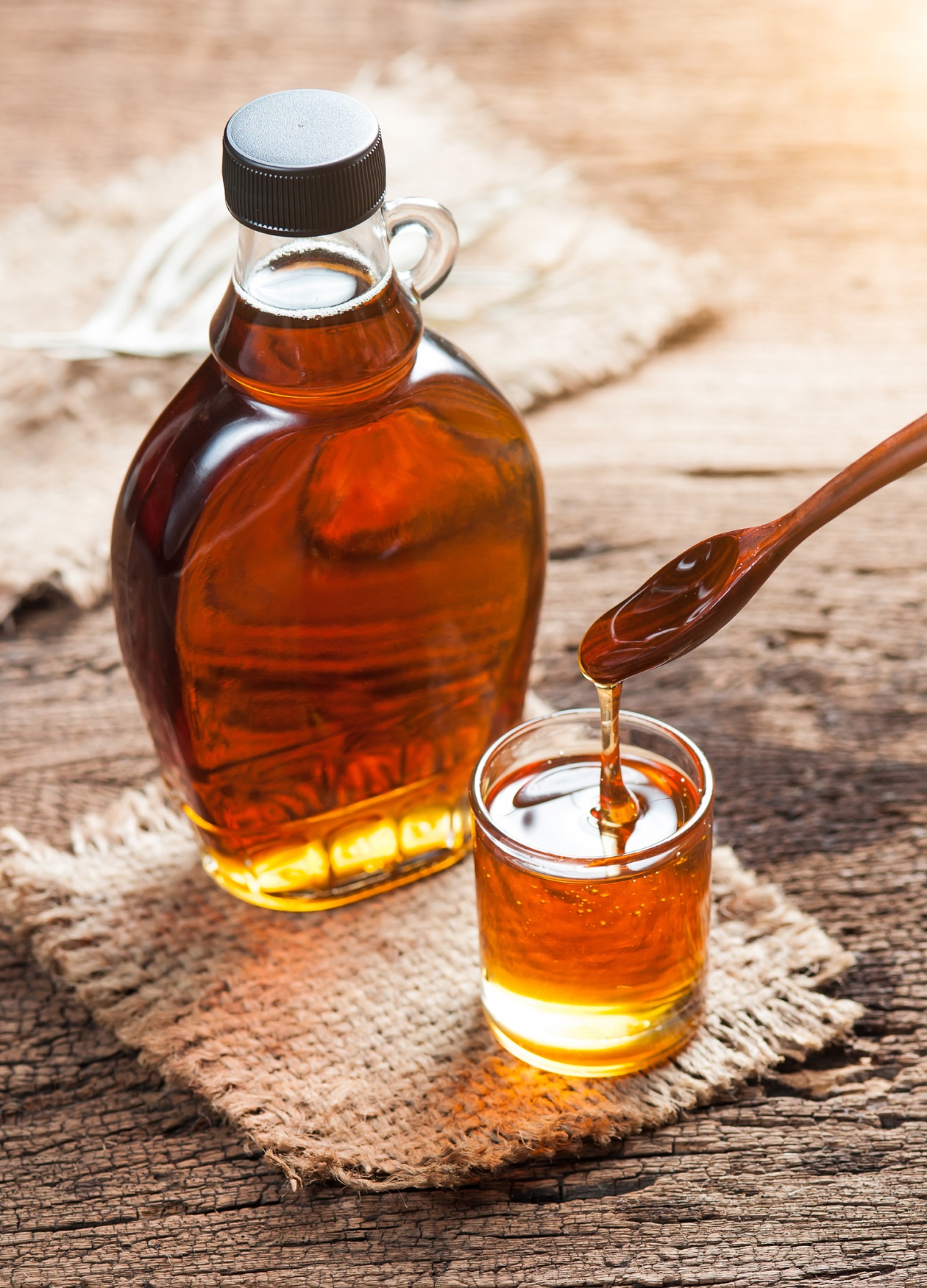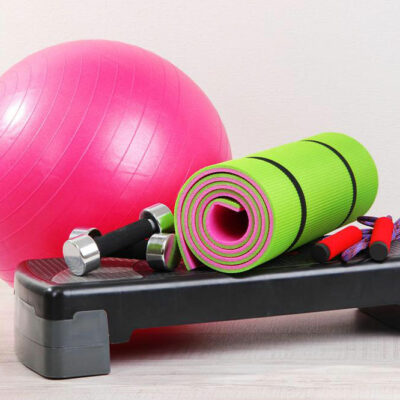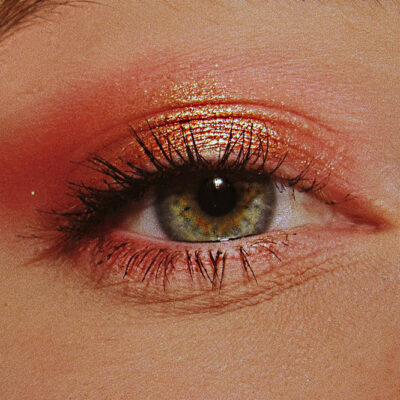
5 Foods to Avoid for Managing ADHD
Attention deficit hyperactivity disorder (ADHD) is a neurodevelopmental disorder that affects behavior, attention span, and perception. It is usually diagnosed during childhood or adolescence, but it can be present at any age. ADHD affects many patients differently, but often comes with s symptoms of hyperactivity, impulsivity, irritability, and problems concentrating.
Many parents with ADHD kids find success with lifestyle and dietary changes, used in combination with doctor-prescribed medications and behavioral therapies. For instance, the following foods are linked to significantly worse ADHD symptoms:
1. Refined sugar
The number one trigger for managing ADHD symptoms is to moderate refined sugar. Although sugar itself isn’t necessarily bad for most people, in ADHD patients, refined sugar causes a spike in blood glucose levels in the body. Due to this rapid rise, insulin levels increase, which creates the perfect storm for energy dips in children with ADHD. This may result in sluggishness, irritability, and fatigue. It can even lead to seizures in particularly sensitive patients.
2. White flour
Another food that should be avoided or limited by those with ADHD is white flour. These processed grains contain gluten, which is linked to digestive issues and constipation. Both of which can worsen ADHD symptoms since they disrupt normal bowel movements in addition to causing headaches and dizziness. A better alternative to white bread, pasta and processed cereals are whole grain flours for baking and cooking, whole wheat or whole grain breads, natural cereals like oatmeal, and whole wheat or gluten free pasta. These healthy alternatives will not cause an immediate rush of blood sugar into the system.
3. Soda
This beverage contributes to blood sugar spikes and energy lows. Kids with ADHD tend to crave sugary drinks because they feel hungry all the time or because they think they are thirsty. As a consequence, sodium consumption increases. The high amounts of sodium in the drink make the bloodstream less concentrated. People who consume large amounts of salt often experience heart palpitations, muscle cramps, and migraines. Fortunately, it is possible to avoid sodas altogether without having to give up your favorite beverage. Use sparkling water and add some fresh berries or an orange or lemon slice. These contain much less added sugar compared to soda and also no caffeine, which keeps the central nervous system regulated.
4. White rice
Although rice is beneficial for many people, it can create problems for patients with ADHD. When rice is cooked, its starches increase in size and become resistant to digestion. As a result, they can form hard lumps that sit in the stomach, feeding off bacteria. This causes stomach acids to build up and cause discomfort or pain in the abdomen. Other common side effects of rice include diarrhea and gas. These conditions trigger restlessness and agitation in ADHD patients because the body must work harder to digest them. To prevent this, choose brown rice over white, as brown rice contains larger starch granules than white varieties; hence it can be digested easier.
5. Corn syrup
Corn syrup is usually made using cornstarch. Unfortunately, cornstarch creates a sticky mess that clogs up the intestines. Children who suffer from ADHD may end up eating excessive amounts of foods containing cornstarch because it tastes good and makes them feel full. However, this doesn’t satisfy hunger long-term and leads to weight gain. Instead, opt for applesauce, pears, bananas, and other nutritious options that won’t leave you feeling bloated.
If you’re a parent with a child with ADHD, you may find they have difficulty in traditional school environments. If you’re interested in finding out more about homeschool programs for ADHD students, search for LD online for ADHD. Also, several online resources exist for caregivers of ADHD children. Find a supportive network of parents who can help you find tools and tips to help manage your child’s ADHD symptoms naturally.


